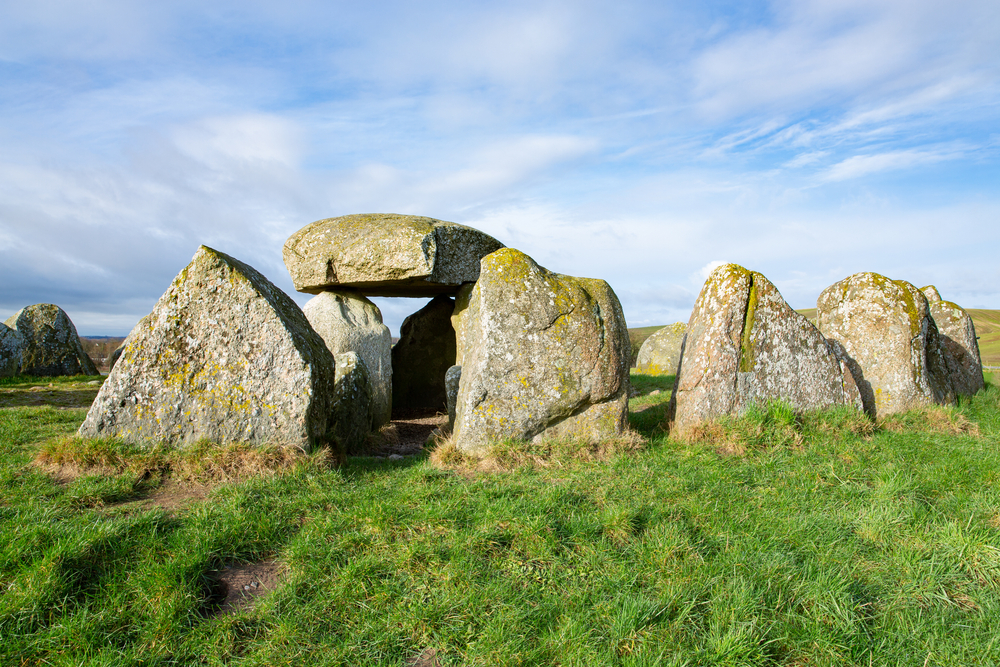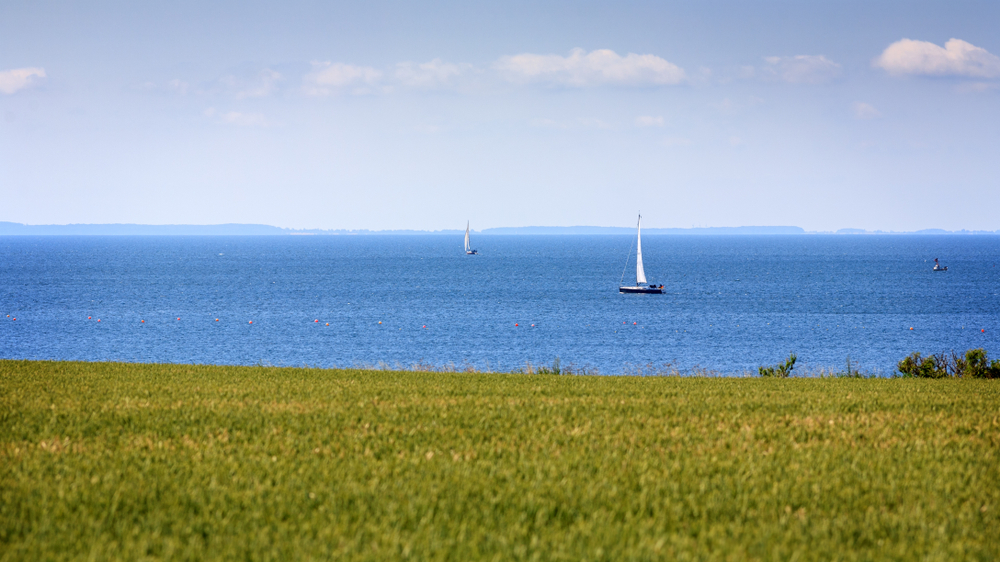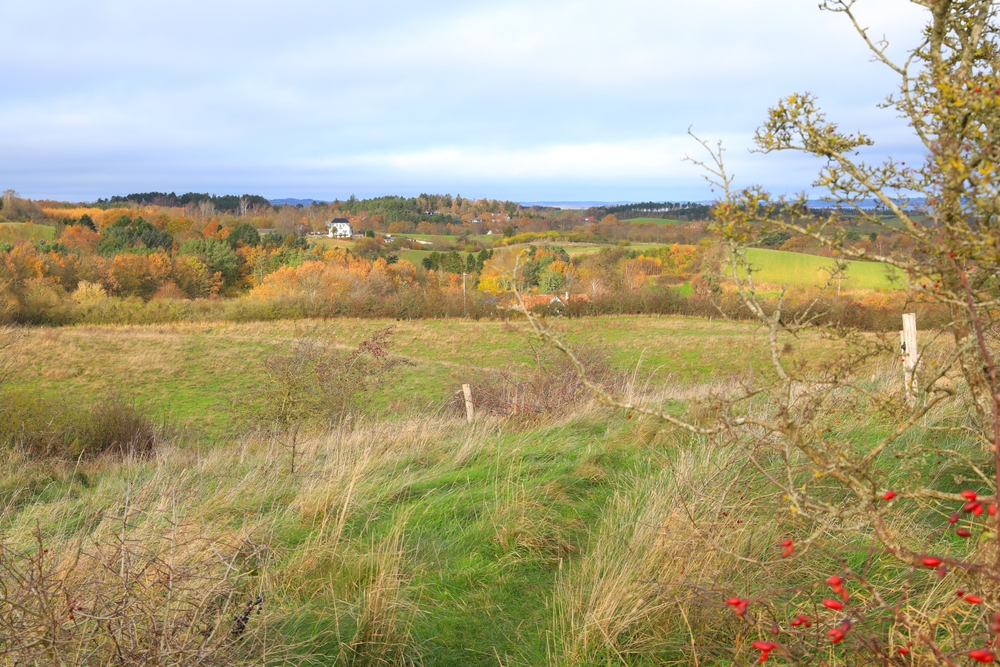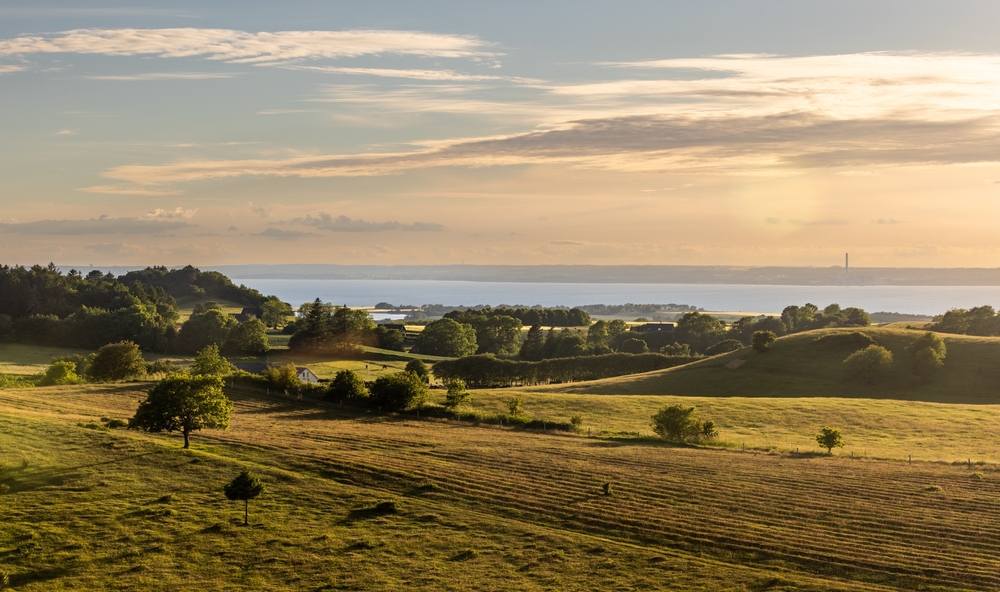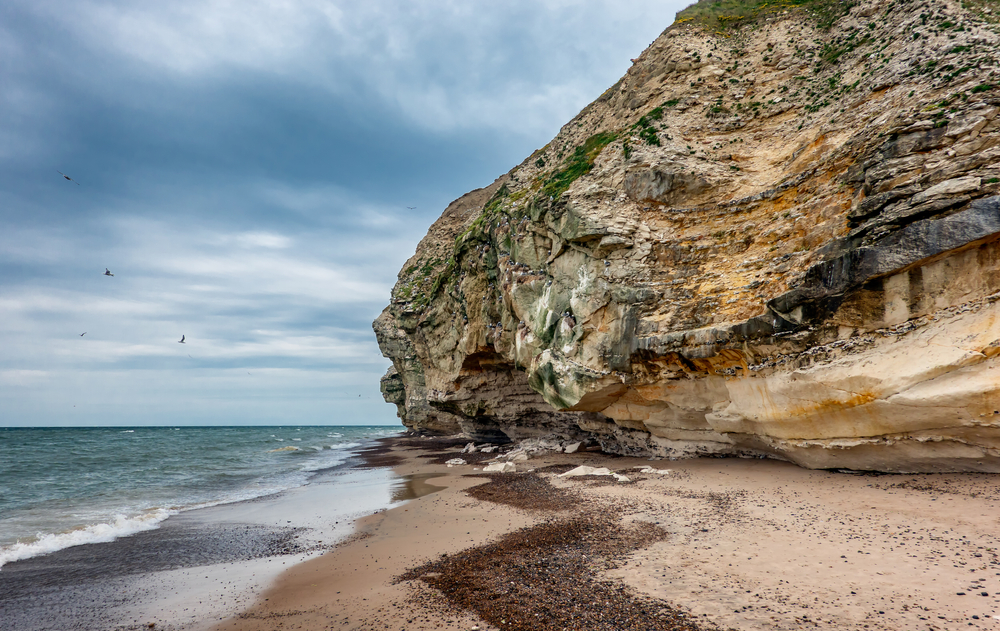Poskaer Stenhus Overview
Poskaer Stenhus, also known as Poskær Stenhus in Danish, is a captivating historical and natural site located in Denmark. The park encompasses approximately 0.77 square miles (2 square kilometers) on the Djursland peninsula in the Jutland region.
While it is not a large park, it holds significant cultural and natural value, primarily due to the prehistoric monument it protects and the picturesque landscapes that surround it. The site is named after the Poskær Stenhus, a megalithic burial chamber dating back to the Neolithic period, which stands as one of Denmark’s most well-preserved dolmens.
The terrain of the park is a harmonious blend of rolling hills, grassy meadows, and scattered woodlands, creating a serene environment for visitors. The lush vegetation primarily includes native grasses, wildflowers, and shrubs, which thrive in the temperate maritime climate of Denmark.
The gently undulating landscape provides stunning vistas of the surrounding countryside, with the dolmen itself perched on a slight rise, offering a focal point for the park. During the spring and summer months, the fields are awash with vibrant colors from blooming flowers, while the occasional stands of beech and oak trees offer shade and a sense of tranquility.
The wildlife in Poskaer Stenhus National Park, though not as diverse as in larger parks, is nonetheless rich in local species. Visitors may encounter roe deer grazing in the meadows or spot foxes and hares darting through the underbrush.
Bird enthusiasts will appreciate the variety of species that make their home in the park, including skylarks, blackbirds, and European robins. The open fields and scattered trees create an ideal habitat for these birds, whose songs add to the idyllic atmosphere of the park. During migration seasons, the skies are often alive with flocks of geese and other migratory birds passing through the region.
The park’s centerpiece, the Poskær Stenhus dolmen, is its most popular feature, drawing visitors interested in history, archaeology, and the mystique of ancient cultures. This megalithic structure, with its massive stone slabs arranged in a chamber-like formation, has fascinated historians and visitors alike for generations.
Surrounding the dolmen, walking trails meander through the park, allowing guests to explore its natural beauty and soak in the tranquil surroundings. Picnicking is a favored activity, with visitors often choosing spots near the dolmen to enjoy both the scenery and the historical ambiance.
Visitors can engage with the park through leisurely walks, photography, or by learning about the history of the dolmen and the Neolithic communities that constructed it. Educational signage provides context about the significance of the site, adding depth to the experience. Conservation efforts have focused on maintaining the integrity of the dolmen and preserving the natural landscape.
Challenges include mitigating the effects of foot traffic and ensuring that the surrounding ecosystem remains undisturbed. Nonetheless, the management has successfully balanced the preservation of this cultural treasure with public access, ensuring that Poskaer Stenhus remains a cherished site for generations to come.








































































